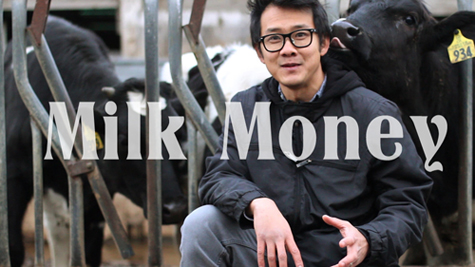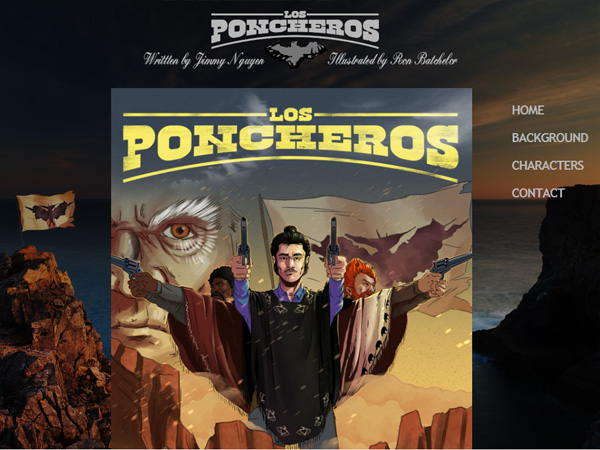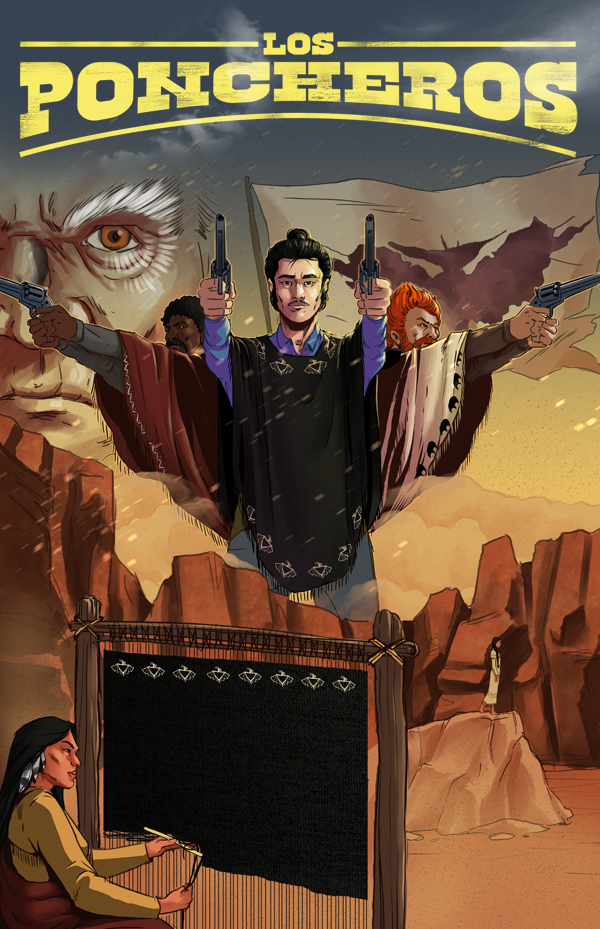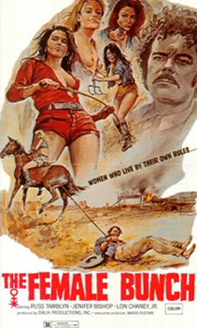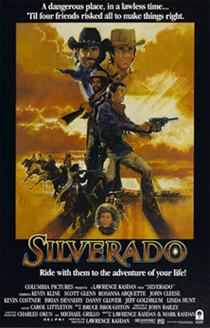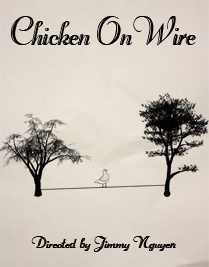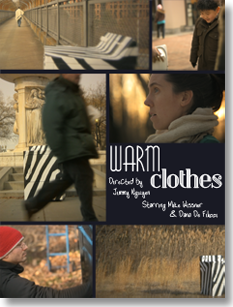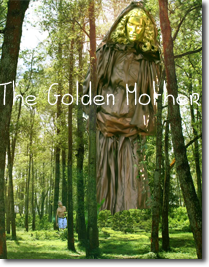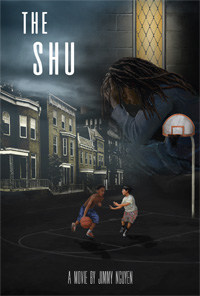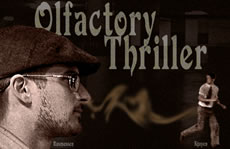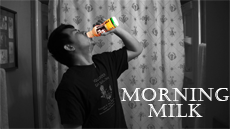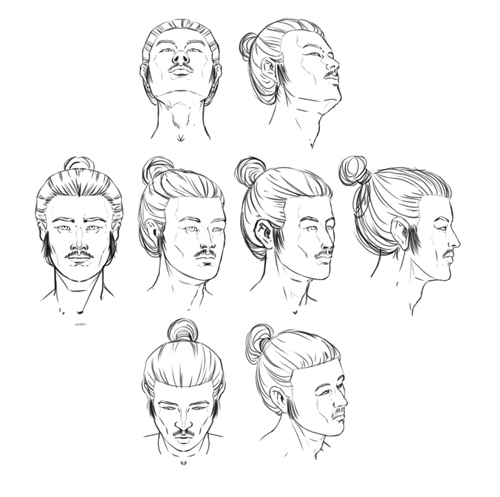
Does this guy look Asian enough to you? If so, what type of Asian? Maybe, Japanese because of the samurai style hair? Or maybe he looks like your average Chinese actor, but with a mustache? Ron Batchelor, the illustrator of Los Poncheros, and I went back and forth several times to get the look just right for Lew Dang, the main protagonist of the story. In the beginning of the story, Lew Dang’s origins are kept a bit mysterious and I don’t want to spoil anything so let’s just say he’s supposed to be from Indochina (e.g. Vietnam in the 1800s). For me, the typical Vietnamese person looks, well, like me or someone from my family. Slender nose tapering to wide nostrils, somewhat narrow eyes (not too big, not too small), and a round/wide face. So when I got the initial sketches for Lew Dang from the illustrator, I thought he looked too Westernized or too Japanese. In the words of Ali Wong, I wanted him to look more like a jungle Asian, but as it turns out, illustrating for a specific kind of Asian face is difficult.

My Vietnamese family. We actually kind of look different from each other.
Why is this important to me? For me, most Asian characters in comics and cartoons look White. When it comes to manga and anime, I understand there are reasons why Japanese illustrators make their characters have pale skin and large eyes (e.g. White-looking). For one, those are the qualities that the Japanese find attractive. I also know most Japanese identify those White-looking characters as Asian and not European or American. But it’s still weird to me that Asian characters look White and can be easily played by White actors and actresses. When it comes to Asian male characters in American comics, I can’t even name one off the top of my head. If Los Poncheros ever makes it big, I want Lew Dang to stand out as quintessentially Asian and Vietnamese at that. There must be no mistaking him for anything else.
Now after going back and forth with the illustrator a couple of more times, I still thought Lew Dang didn’t look Vietnamese or even Asian enough. I thought maybe since Ron Batchelor is a White guy he didn’t understand the nuances of the Asian face. A non-Asian person might say that Lew Dang could pass as Vietnamese, but we as Asian people can obviously tell a fellow Asian person’s origins instantly. At least we think so. The a-ha moment for me came when I started watching Ken Burn’s Vietnam War documentary. I noticed that each Vietnamese person I saw on the screen looked unique. That is to say they could have been mistaken for any kind of Asian – Japanese, Korean, Hawaiian, etc. I have been to Vietnam twice and obviously know lots of Vietnamese people, but I guess I hadn’t really paid attention to how different we can look from each other.
Then I went online and played some of those “Guess That Asian” games and consistently got less than 50% correct even after going back a day later to play the same exact game with the same faces. I would get the same face wrong a second time. I realized that you’ll find all “types” of Asians in every Asian country. In the end, I stopped quibbling over every detail of Lew Dang’s face and just let him be. SPOILER ALERT – Also, I remembered Lew Dang is half White-half Indochinese anyways so he should look a little different than your average Vietnamese male.
Below I created a mashup of Asian faces from Vietnam, China, Tibet, Korea, Japan, Thailand, Philippines, and Indonesia. Try and guess the origins of these people (answers below).
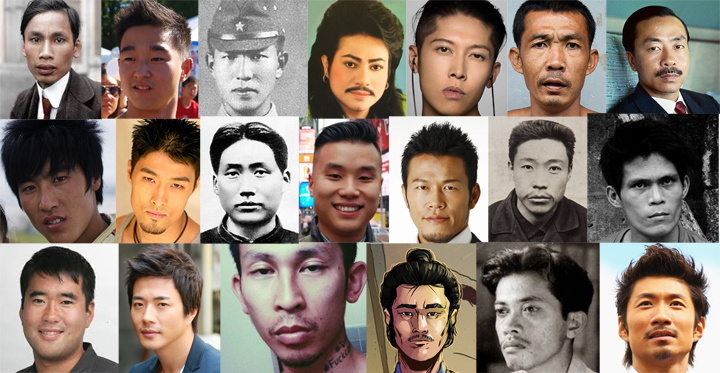
According to average facial imaging, this is what an average Vietnamese male looks like:
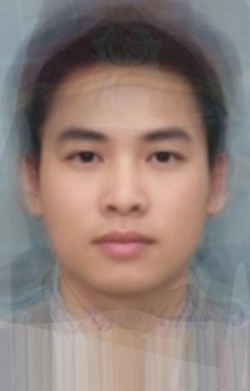
Answers (left to right): Top row: 1. Ho Chi Minh (Vietnamese), 2. Random Korean guy, 3. Hiroo Onoda (Japanese soldier who didn’t surrender until 30 years after WWII ended); 4. Tuan Anh (The Vietnamese Prince); 5. Mijavi (Japanese); 6. Random Thai guy; 7. Nguyen Cao Ky (former South Vietnamese Prime Minister)
Middle row: 1. Random Tibetan guy, 2. Jonny Tri Nguyen (Vietnamese actor); 3. Mao Zedong (Chinese); 4. Random Vietnamese guy; 5. Genki Sudo (Japanese mixed martial artist); 6. An Jung-geun (Korean Independence activist); 7. Random Filipino guy
Bottom row: 1. Jeff Ma (Chinese guy from “Bringing Down The House”); 2. Kwon Sang Woo (Korean actor); 3. Nah Nguyen (Vietnamese rapper); 4. Lew Dang (Vietnamese and White); 5. Chairil Anwar (Indonesian poet); 6. Makidai (Japanese singer)
